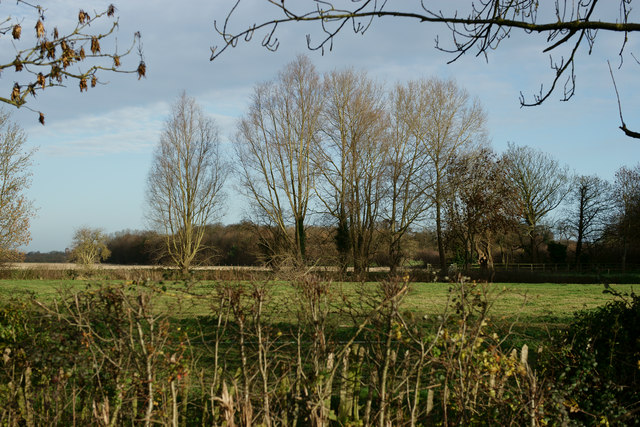It Will Not Set you back A Lot Of Cash To Enjoy A Tree
The blue coloring in the leaves of the Bluejack Oak Tree, Quercus incana offers its name. The Bluejack Oak ranges from Virginia south to Florida and westward to Texas. The fully grown tree can grow to 50 feet, but normally is small, shrubby, and forms thickets that provide important shelter for many wildlife animals such as squirrels, foxes, deer, raccoons, and video game birds. The acorns are little and are consumed readily by wildlife animals and birds.
The Chapman Oak Tree, Quercus chapmanii grows as a native plant from the Carolinas south to Florida. Although the Chapman Oak can grow to 50 feet., it is frequently smaller, even bushy and grows near dune and in bad soils of the south. White trailed deer, squirrels, raccoons, and game birds consume the birds and acorns utilize the trees as nesting sites. This tree thrives in the sandy soils of the south and appears to be salt water tolerant because it grows on the sand dunes of the Gulf and Atlantic Coast beaches.

The Gobbler Oak Tree, Quercus acutissima 'Gobbler' was established by a research group in Kentucky as a wildlife oak variety preferable to the feeding of turkey populations due to the fact that only 150 acorns per pound are are much smaller and much easier to eat by the turkey than the Sawtooth acorns that number about 50 acorns per pound. Large plantings of Gobbler Oaks are made near wildlife searching sites, since the trees http://www.mesatrees.com can grow as fast as 6 feet per year and produce acorns as early as 2 years. The Gobbler Oak quickly attract turkey populations on a duplicating annual visitation, not only by the turkey but other video game wildlife animals who feed upon the small acorns.
The Sawtooth Oak Tree, Quercus acutissima 'Sawtooth' was imported into American from China and has actually been thoroughly planted as a lawn plant, shade tree and as a plantation wildlife tree for feeding deer, game birds, squirrels, and lots of other wildlife animals. The Sawtooth Oak provides many beneficial landscape bonuses such as incredibly fast development into a mature specimen in 2 or three seasons. The big oval shaped acorns can form in just 2 2 after planting and seem the preferred and most inexpensive food source for wildlife food plot planters, because of then Sawtooth Oak acorns that rapidly develop in the fall when wildlife food is scarce for birds, deer, and wildlife animals.
When utilized as a shade tree, a gardener can anticipate development of 6 feet the first year that quickly grows to shade the office or home. The elongated willow-like 7 inch leaves are toothed and colored a lustrous green. Throughout the fall the leaves turn yellow and after that orange to provide a pyramid-tree shade that becomes round at maturity. The Sawtooth Oak can also be grown very successfully along city streets to shade pathways, parks, recreational locations, and to cleanse the caustic fumes of diesel and gas engines.
The Turkey Oak Tree, Quercus laevis is found growing in ranges from Virginia south to Florida, and west to Texas as a native tree that is well adjusted to grow on poor soils and can be discovered growing in association with Bluejack Oak and Post Oak Trees in Longleaf Evergreen forests. When compared to other Oak trees growing about 20-30 feet, the Turkey Oak Tree normally is little. The Turkey Oak Tree grows small acorns similar to Gobbler Oak Tree acorns that are voraciously eaten by turkey and many other small wildlife video game birds and little wildlife animals. When discovered as big Turkey Oak Trees, the wood is used commercially as firewood and just hardly ever as hardwood floor covering.
The White Oak Tree, Quercus alba, is among the biggest Oak trees in native forests and is valued as the state tree in Illinois, Connecticut, and Maryland. A large 84 ft high and 4 feet in diameter White Oak has been indexed in the Oak forests of Ohio, and has a life expectancy of hundreds of years and appears to be very resistant to insect and disease issues.
_-_left_hand_screen.jpg/1280px-Hasegawa_Tohaku_-_Pine_Trees_(Shōrin-zu_byōbu)_-_left_hand_screen.jpg)
The acorns of the White Oak are eaten by deer, video game birds, and numerous other wildlife animals. The early American Indians made a range of dishes from the acorns. The white bark is extremely appealing as a landscape specimen tree, and the attractive inner wood is choice for oak hardwood floorings and for furniture manufacturing. The White Oak Trees grow finest on well drained soils and are extensively adjusted as a native forest tree throughout the United States, and is the most typical Oak tree in American forests. This tree is salt water tolerant and forms a tap root, even in the juvenile stage of growth.